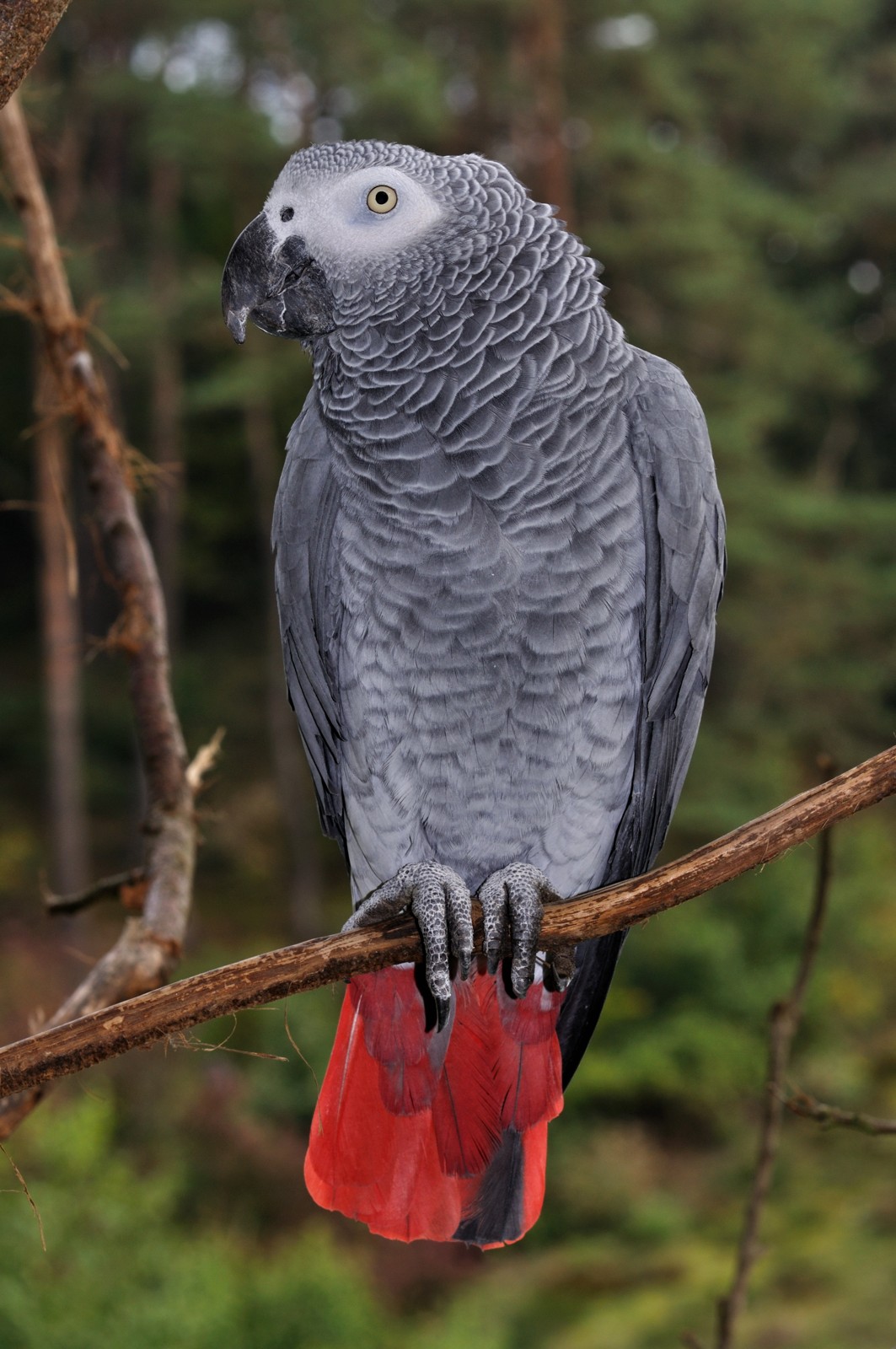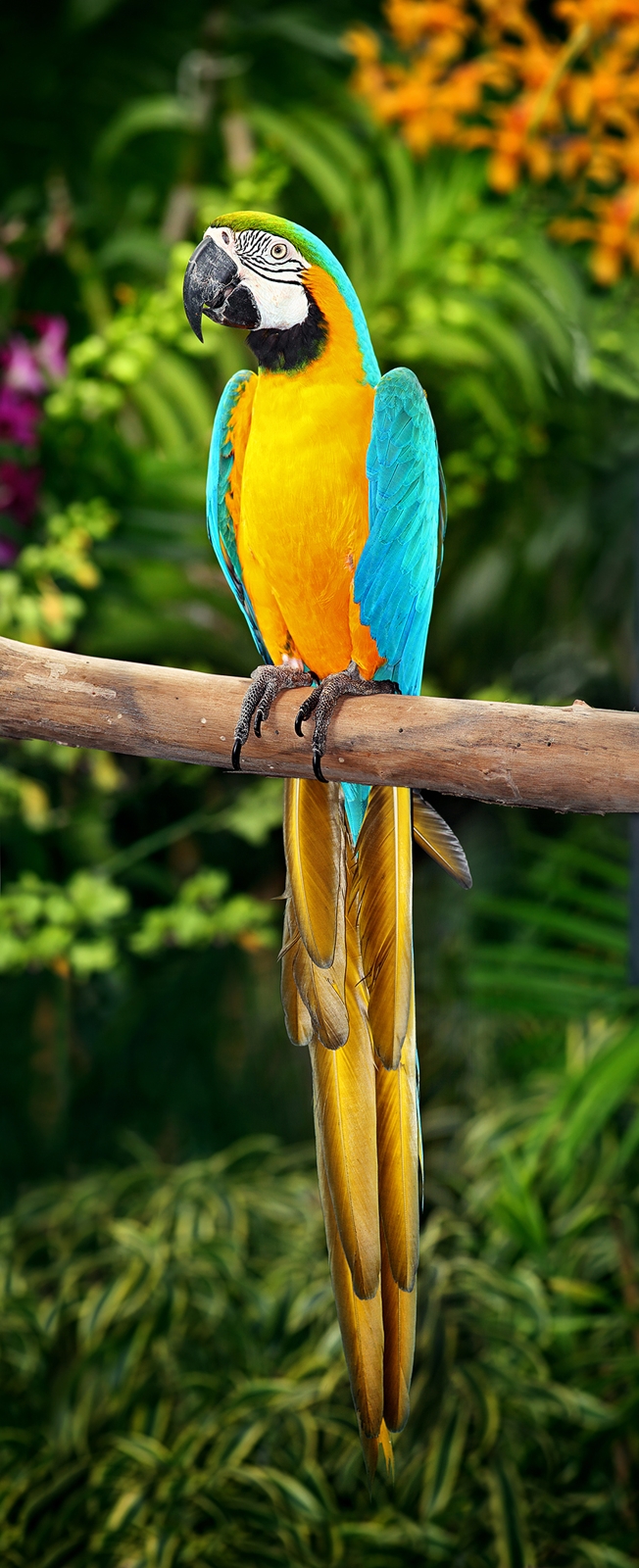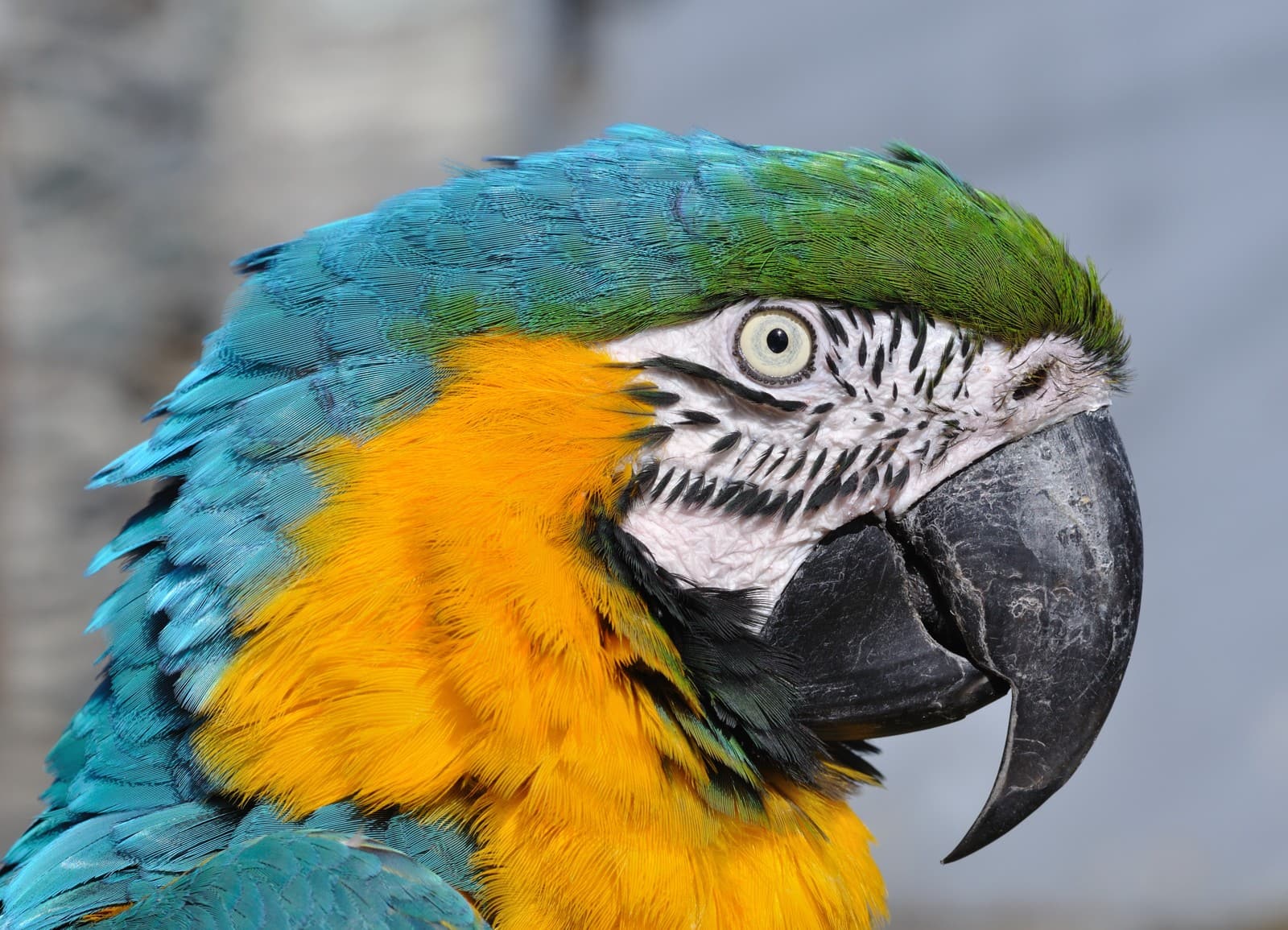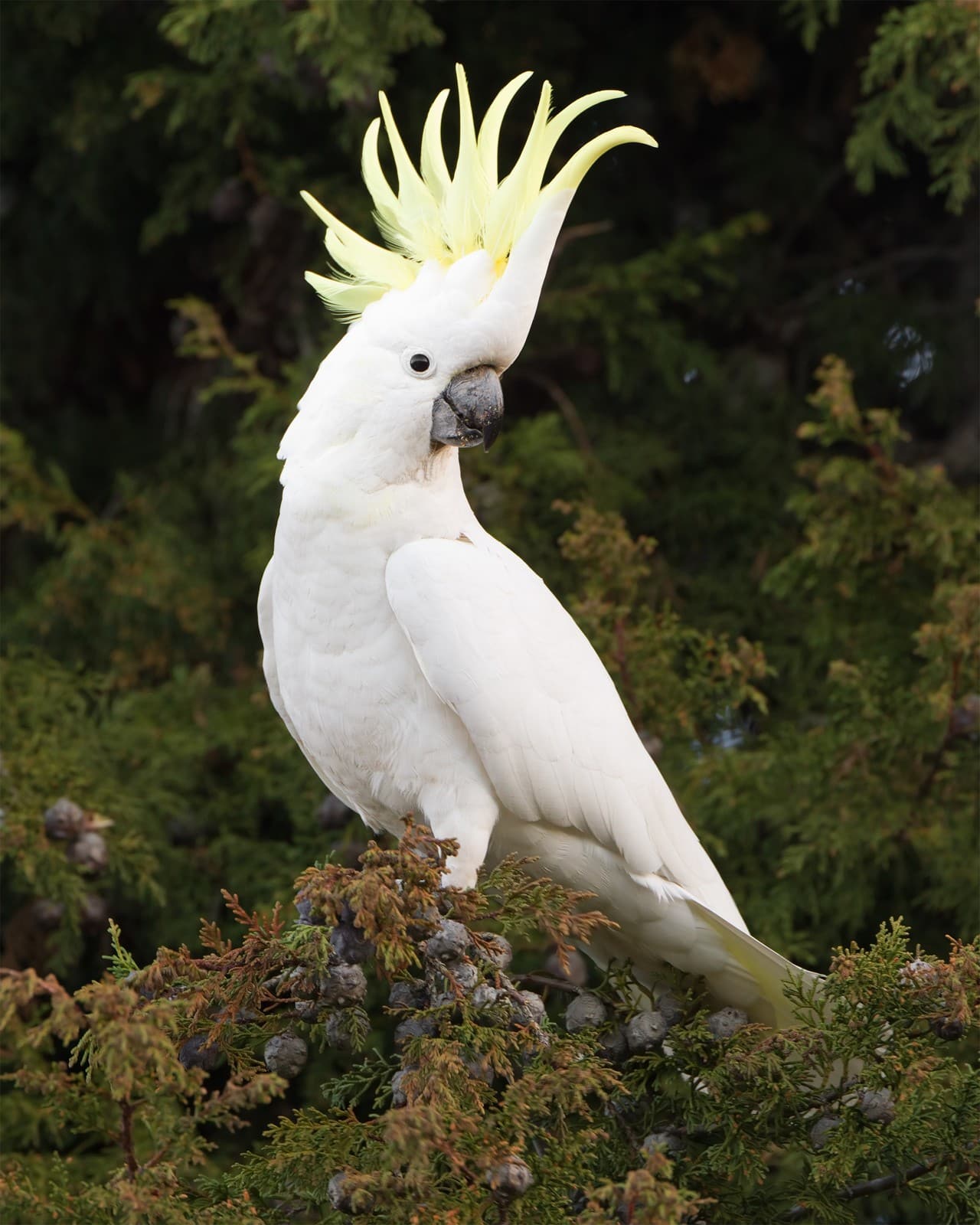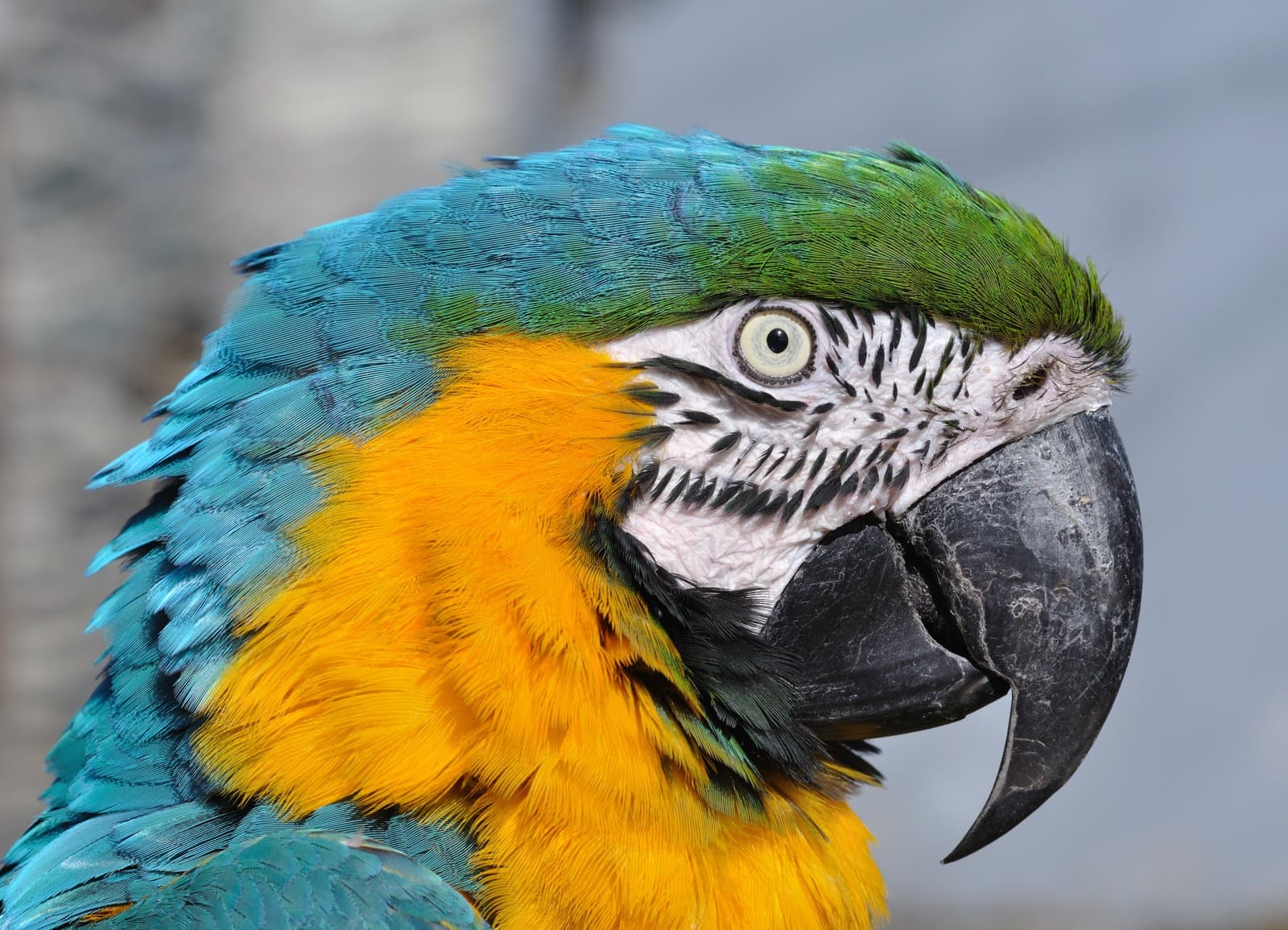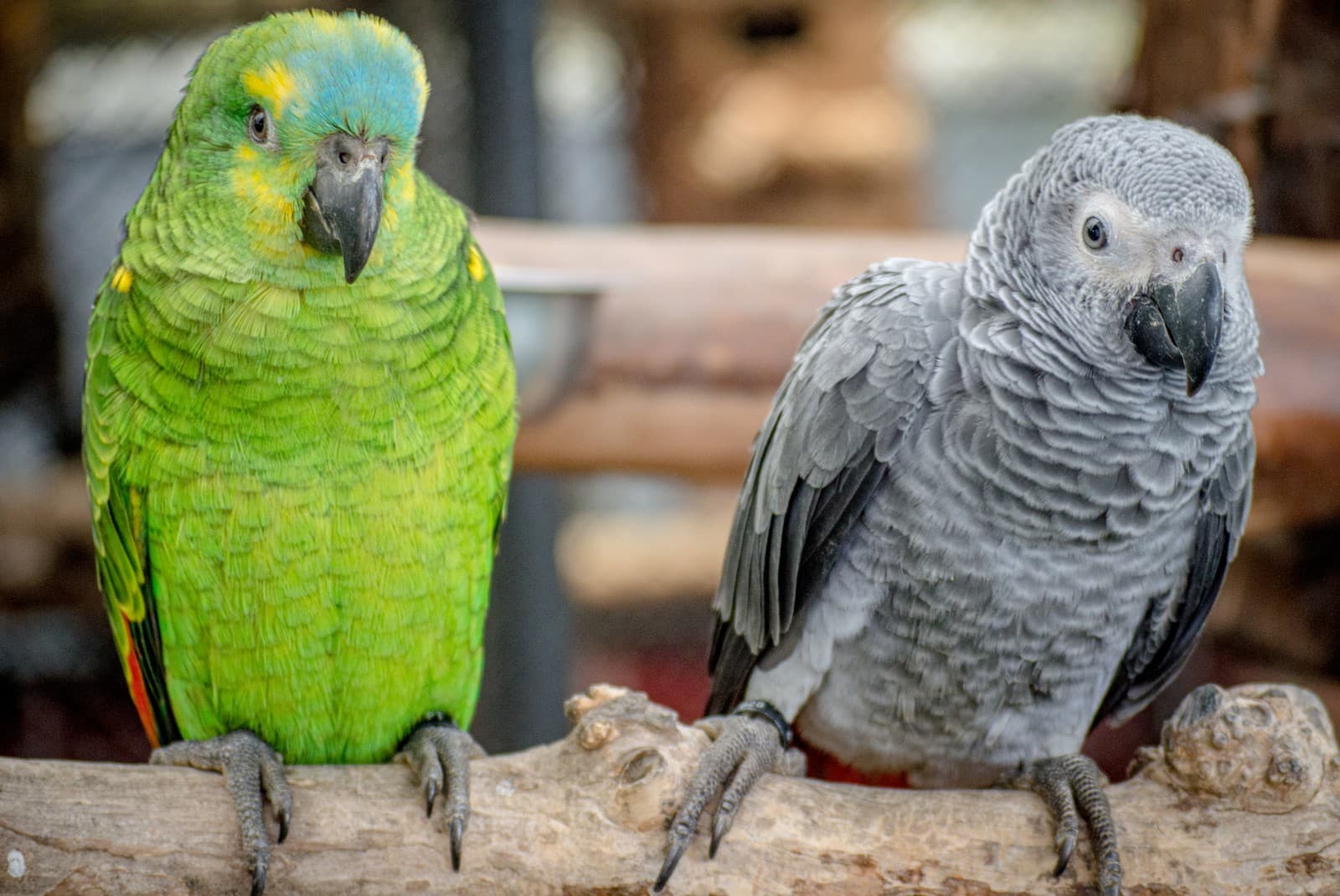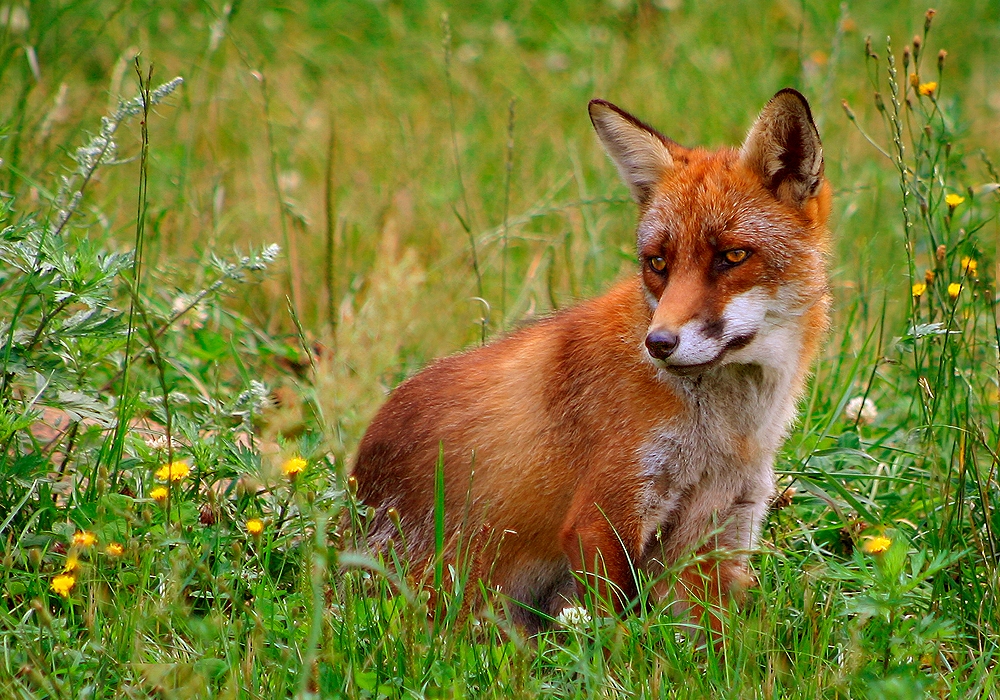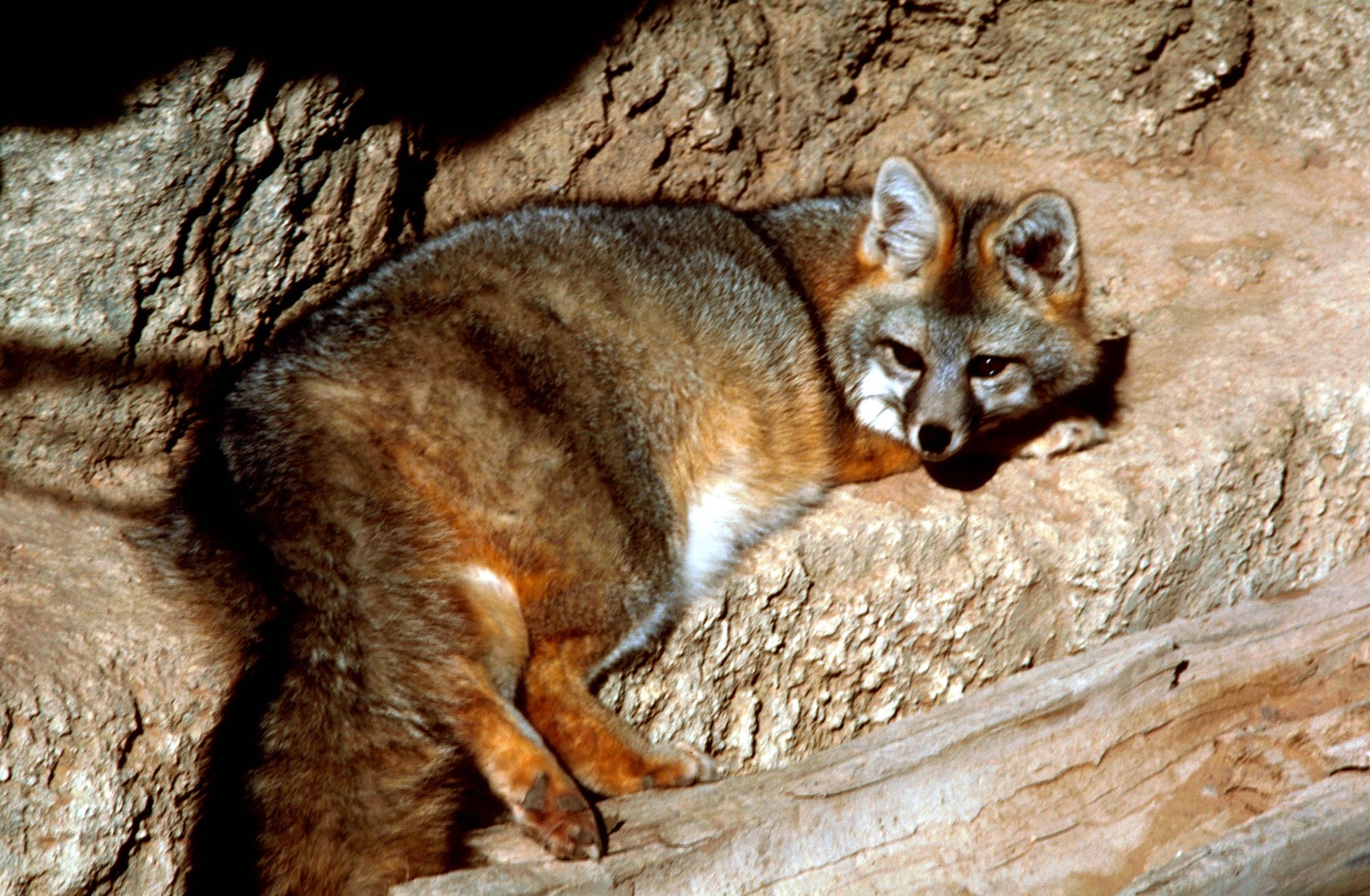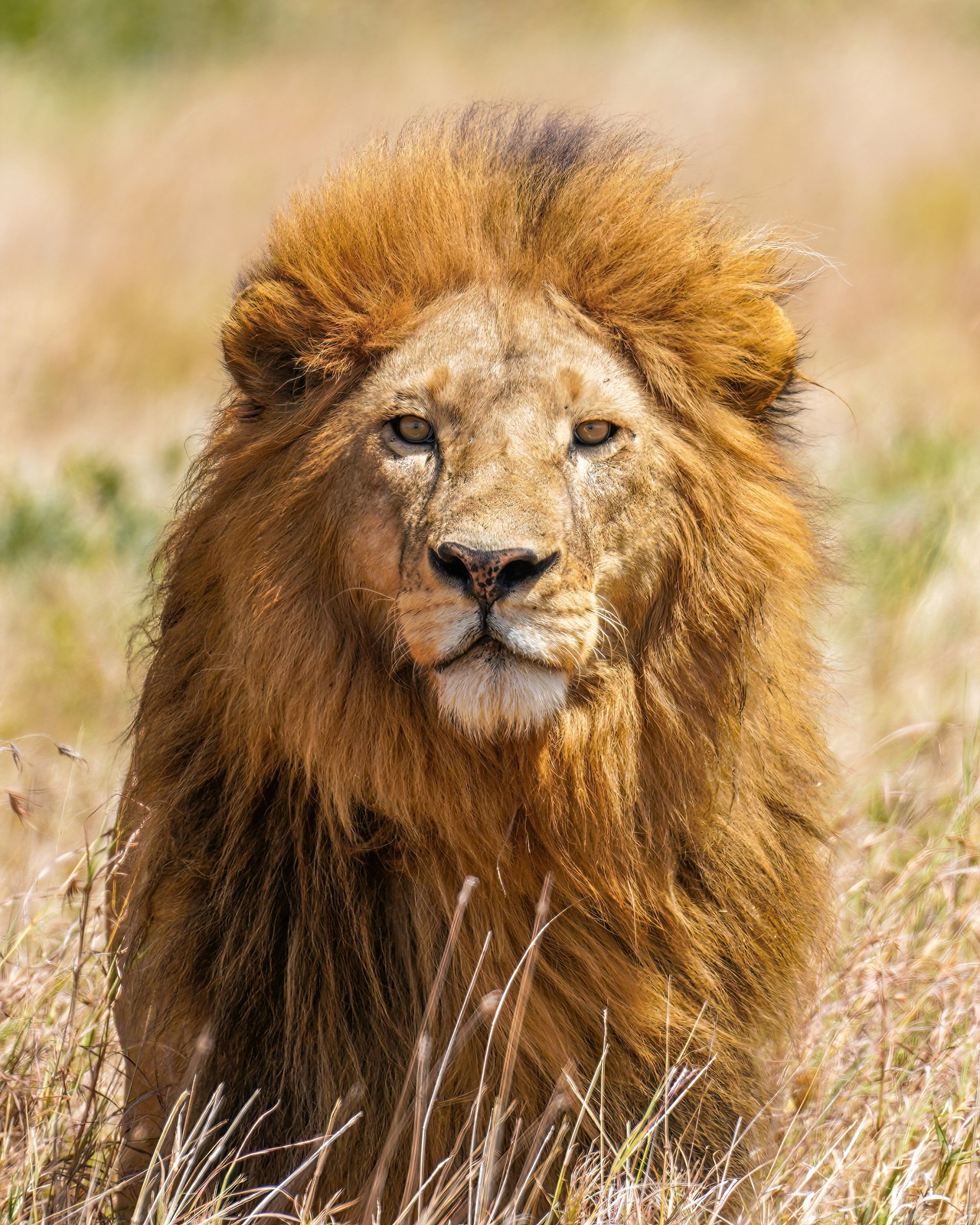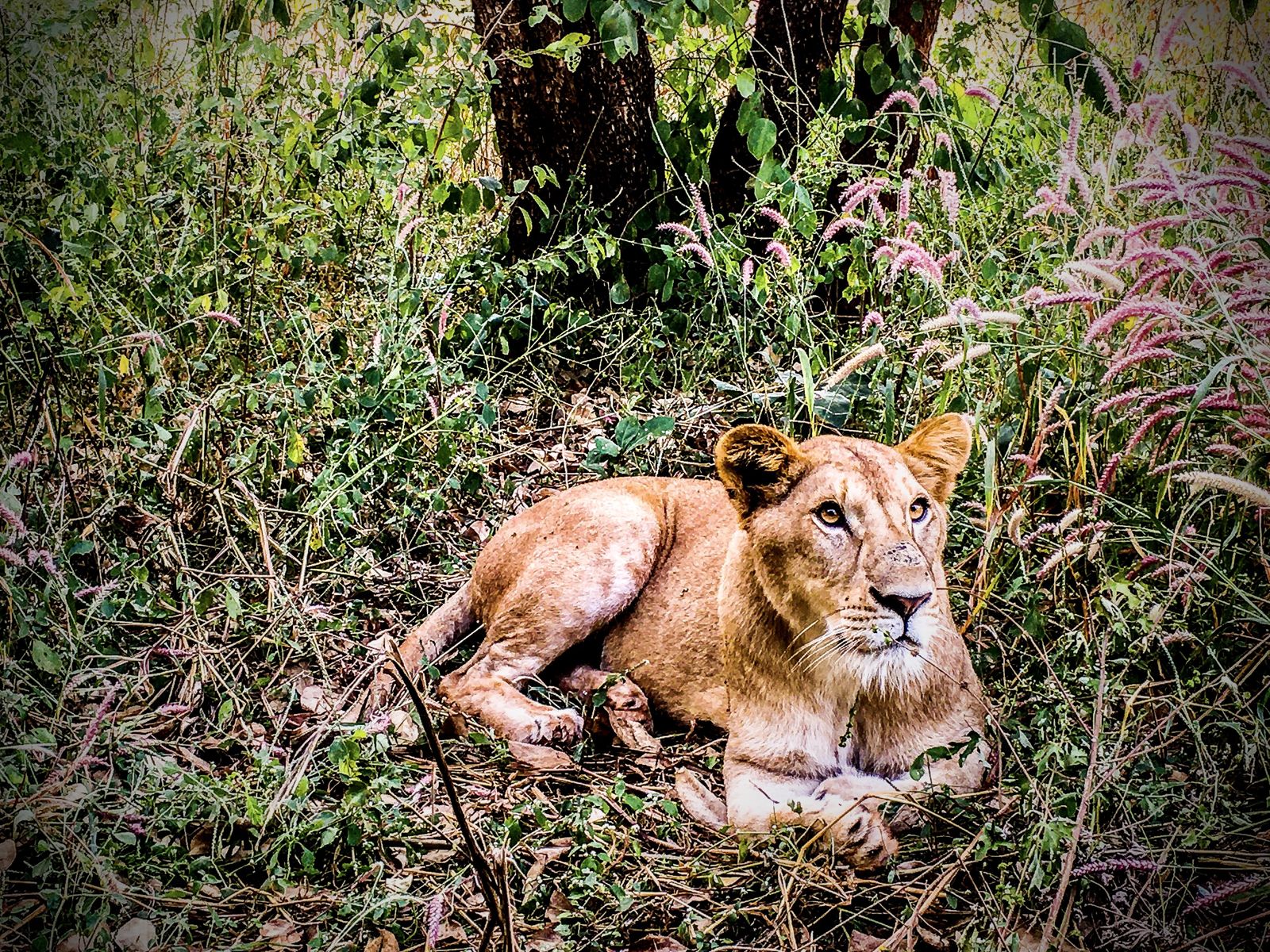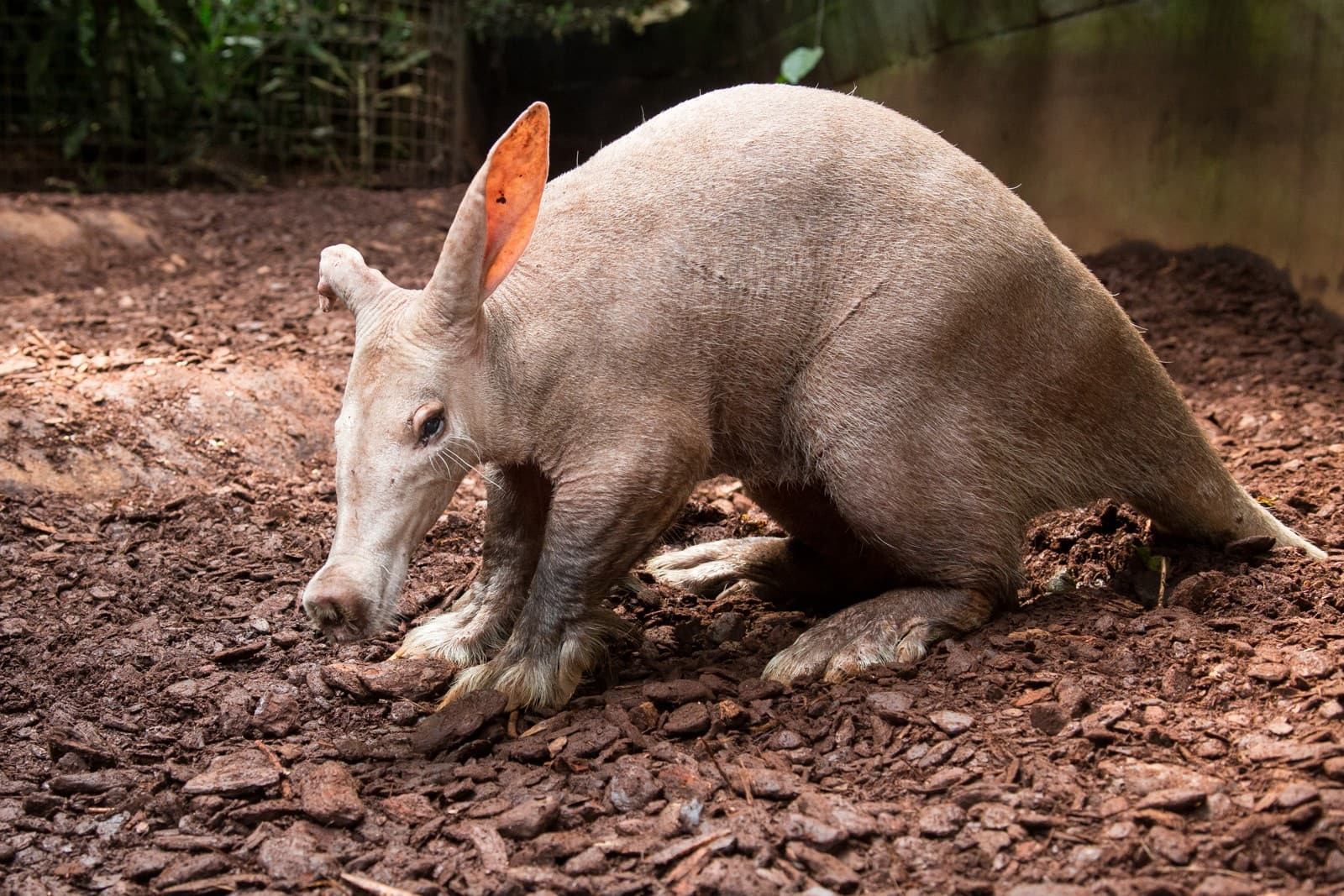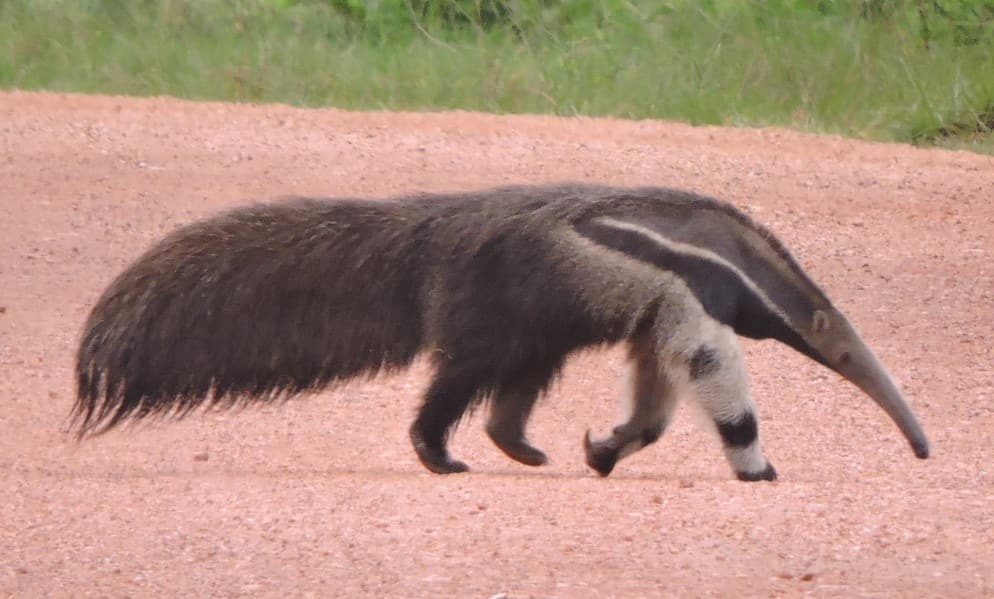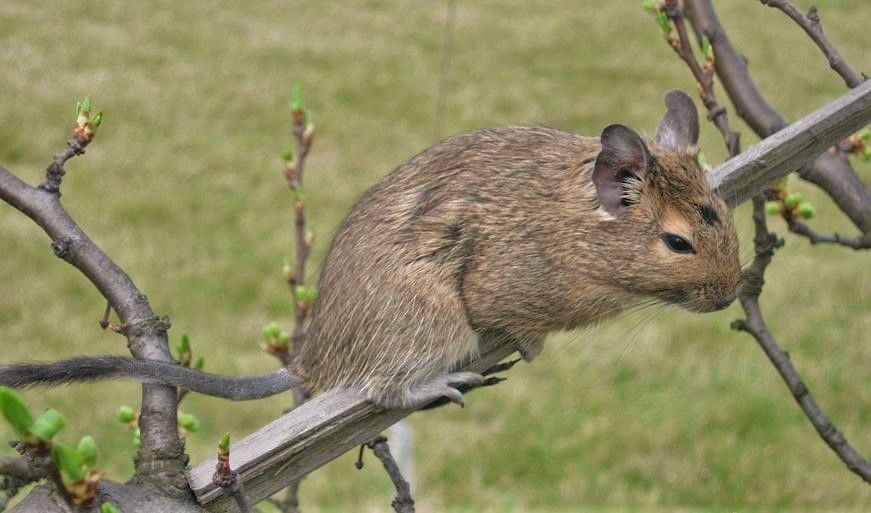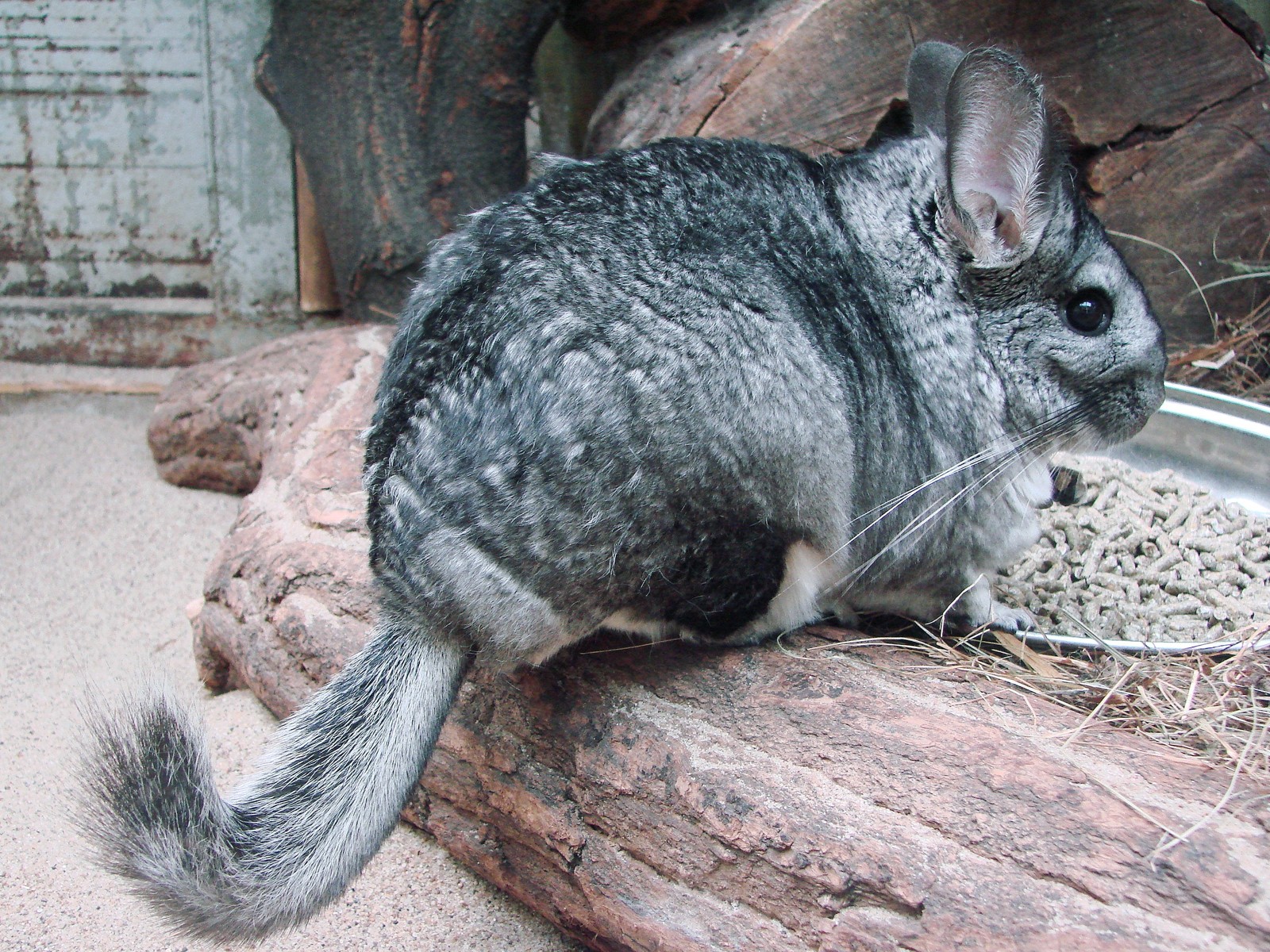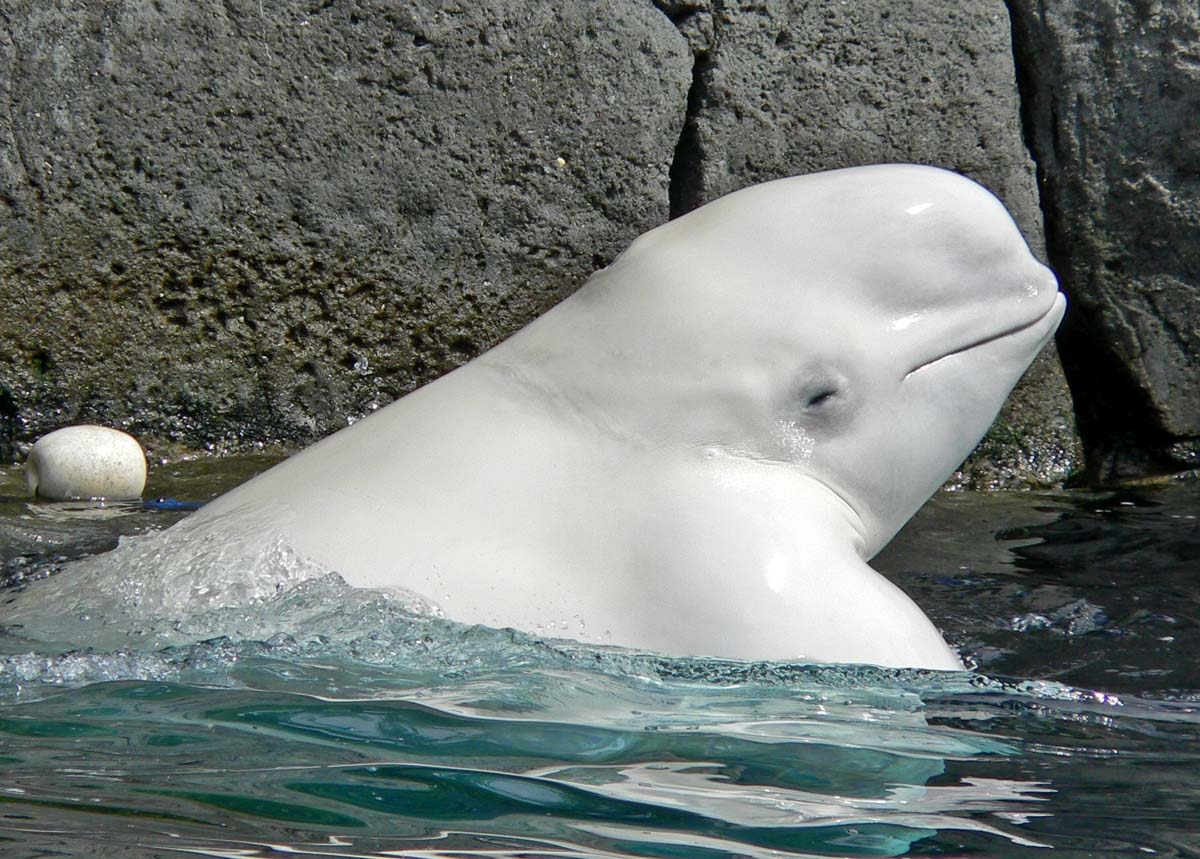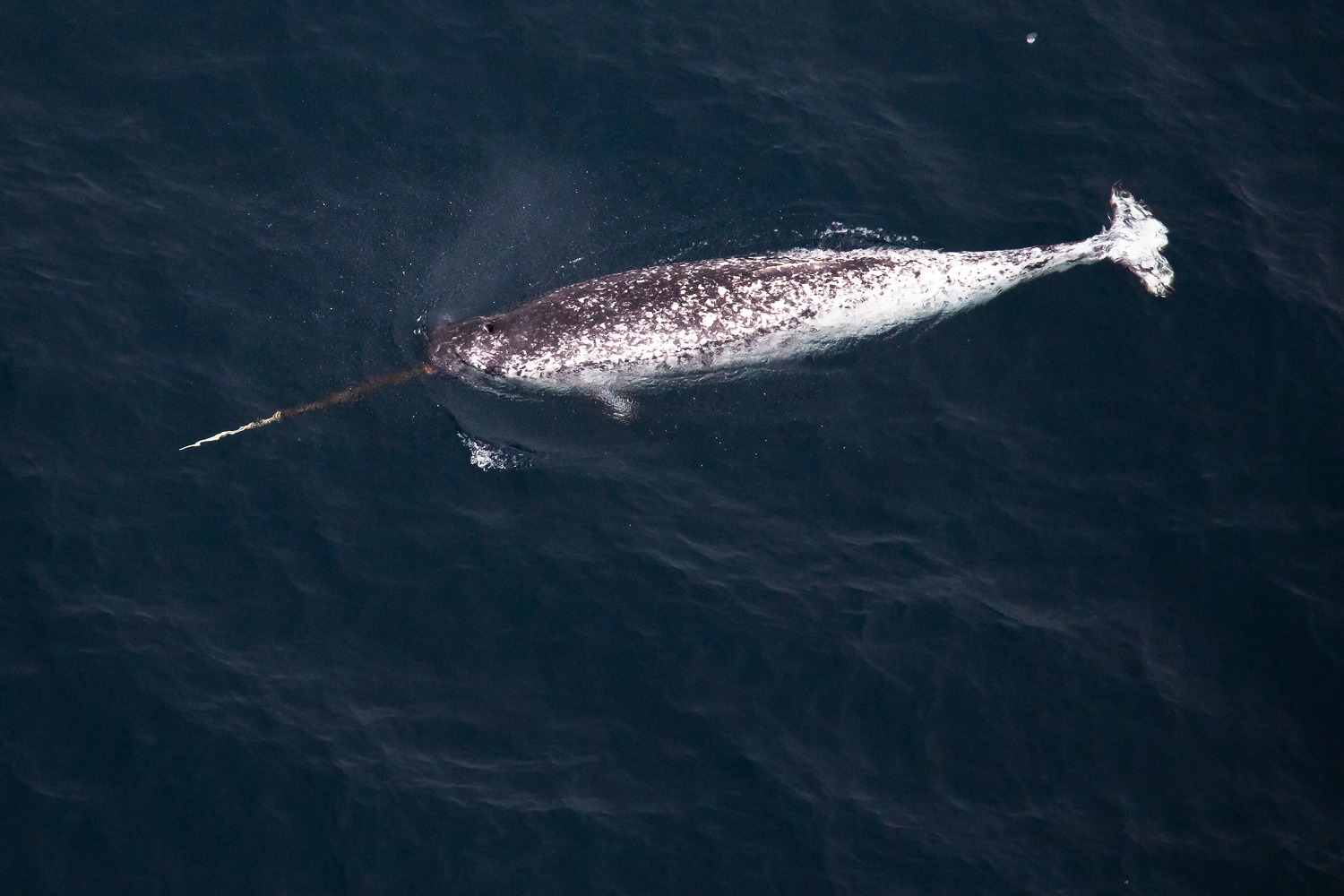Macaw vs Lorikeet: A Complete Comparison
When comparing Macaws vs Lorikeets, size stands out as the most striking difference. Macaws are among the largest parrots globally, reaching lengths of 40 inches (102 cm) in some species, while Lorikeets are relatively compact birds averaging just 6-12 inches (15-30 cm). Beyond size, these charismatic parrots differ significantly in diet, habitat preferences, and care requirements.
As a wildlife specialist who has observed both species in their natural habitats across South America and Australasia, I can attest that these magnificent birds have evolved distinct adaptations that make them uniquely suited to their respective environments. Let’s explore the key differences between these colorful members of the parrot family.
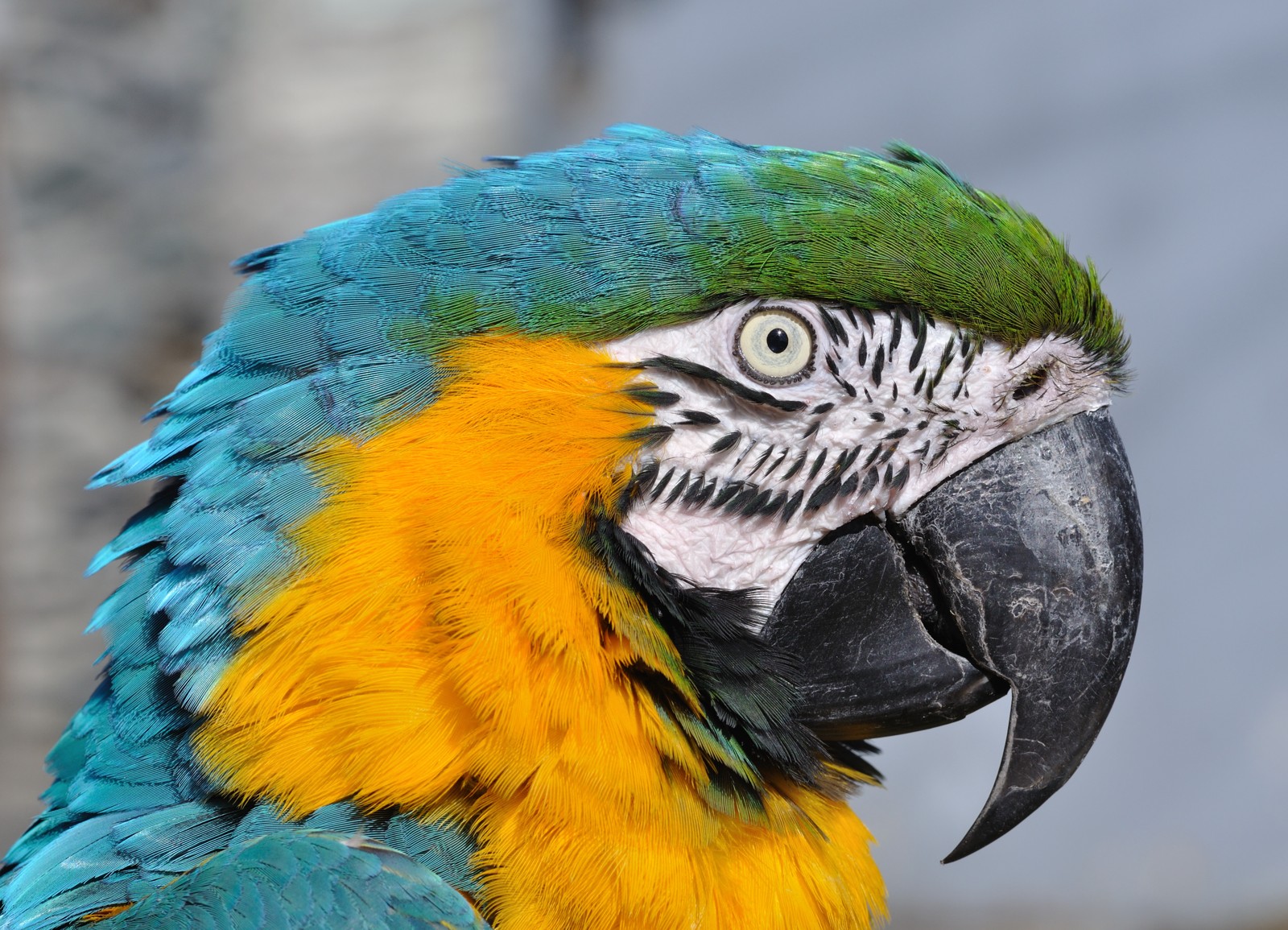
© Quartl / CC BY-SA 3.0
The Blue-and-yellow Macaw exemplifies the typical macaw characteristics: a powerful hooked beak designed for cracking hard nuts and seeds, and the distinctive bare facial patch that’s characteristic of all macaw species.
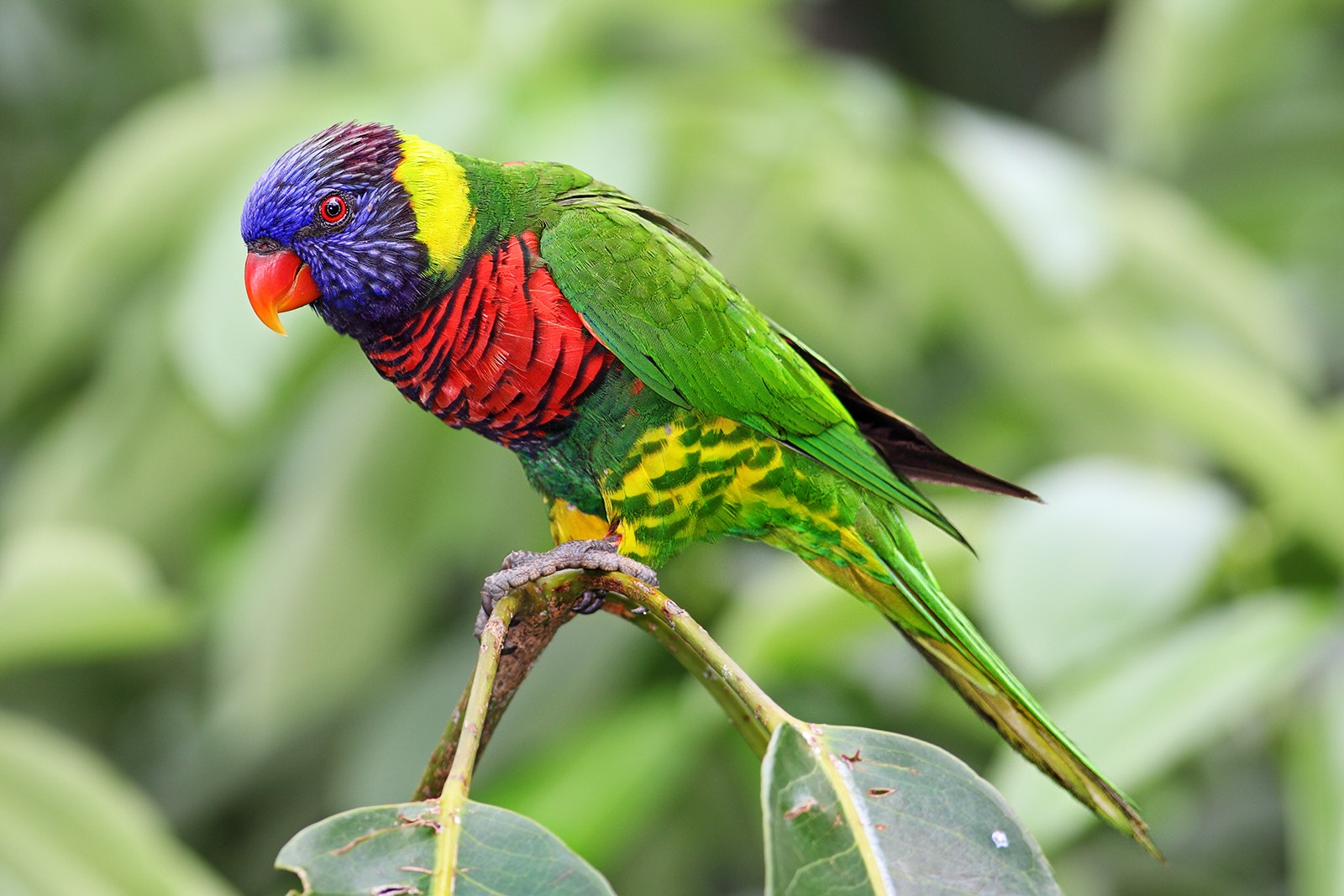
© Benjamint444 / GFDL 1.2
The Rainbow Lorikeet showcases the species’ distinctive features: a smaller, more specialized beak adapted for nectar feeding, and the incredibly vibrant plumage that helps these birds blend into their flowering forest habitat.
Key Differences Between Macaws and Lorikeets
| Feature | Macaw | Lorikeet |
|---|---|---|
| Size | 20-40 inches (51-102 cm) | 6-12 inches (15-30 cm) |
| Weight | 2-3.75 lbs (0.9-1.7 kg) | 2-7 oz (60-200 g) |
| Lifespan | 50-60 years | 15-25 years |
| Natural Diet | Seeds, nuts, fruits | Nectar, pollen, soft fruits |
| Tongue Structure | Standard parrot tongue | Brush-tipped specialized tongue |
| Native Habitat | Central/South America | Australia/Southeast Asia |
Dietary Requirements and Feeding Habits
Macaws and Lorikeets have evolved dramatically different feeding strategies. Macaws possess powerful beaks capable of cracking open the hardest palm nuts and seeds, while Lorikeets have developed specialized brush-tipped tongues perfect for harvesting nectar and pollen from flowering plants.
In captivity, these dietary differences require specific attention:
- Macaws need: High-fat seed mixes, nuts, fresh fruits, and vegetables
- Lorikeets require: Commercial nectar solutions, fresh fruits, and specialized lorikeet pellets
Personality and Intelligence Differences
While both species are highly intelligent, their personalities differ notably:
Macaws:
- Form deep, long-term bonds with caregivers
- Demonstrate complex problem-solving abilities
- Can be louder and more demanding of attention
- Excel at learning words and phrases
Lorikeets:
- More active and acrobatic
- Generally more independent
- Require less one-on-one interaction
- Known for their playful, energetic nature
Care Requirements and Housing
The size difference between Macaws vs Lorikeets significantly impacts their housing needs:
Macaws require:
- Minimum cage size: 36”W x 24”D x 48”H (91x61x122 cm)
- Regular out-of-cage time
- Heavy-duty toys and perches
- Significant space for flight and movement
Lorikeets need:
- Minimum cage size: 24”W x 18”D x 24”H (61x46x61 cm)
- Special feeding stations for nectar
- Easy-to-clean setup due to liquid diet
- Multiple perches of varying diameters
Health Considerations
Both species have specific health considerations that potential owners should understand:
Macaws:
- Prone to fatty liver disease if overfed seeds
- Can develop behavioral issues if not properly socialized
- Regular beak and nail maintenance required
- Annual veterinary check-ups essential
Lorikeets:
- Susceptible to iron storage disease
- Require specialized diet management
- More frequent cleaning due to liquid droppings
- Need consistent humidity levels
Conservation Status
Understanding the wild population status of these birds is crucial:
Macaws:
- Several species critically endangered
- Habitat loss primary threat
- Active conservation programs in place
- Strict international trade regulations
Lorikeets:
- Most species stable in wild
- Some facing pressure from urbanization
- Successful adaptation to urban environments
- Less threatened overall
Through this comprehensive comparison of Macaws vs Lorikeets, we can appreciate how these remarkable parrots have evolved to fill different ecological niches. Whether considering one as a pet or studying them in the wild, understanding these differences is crucial for their proper care and conservation.
